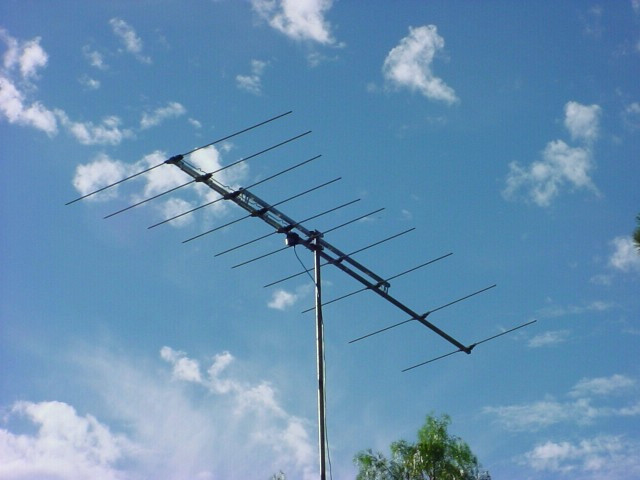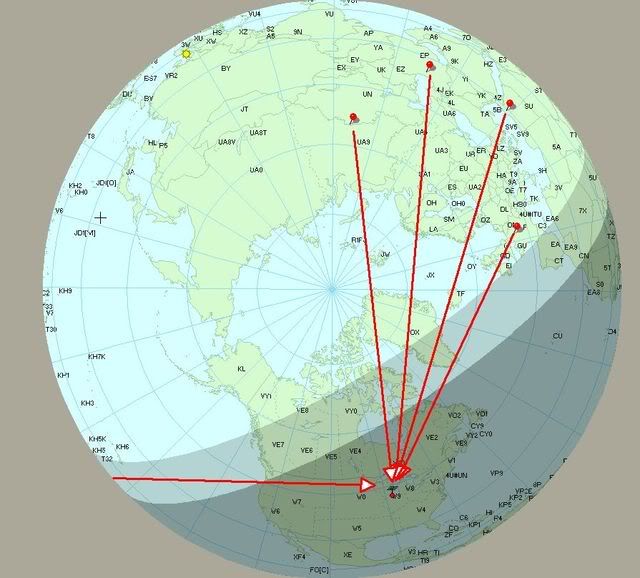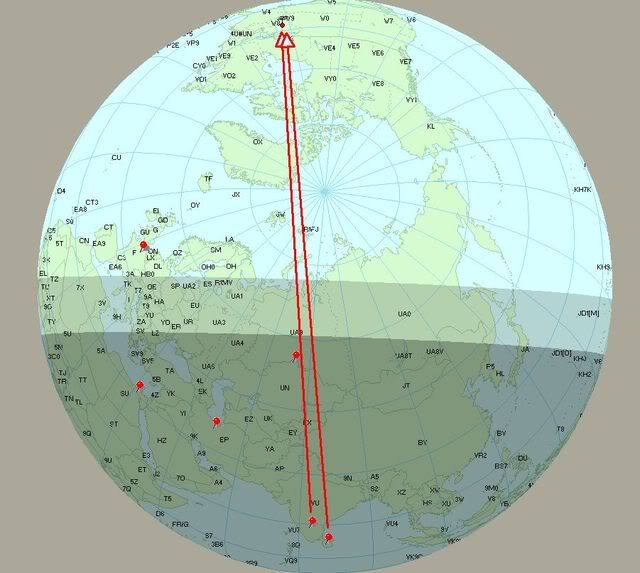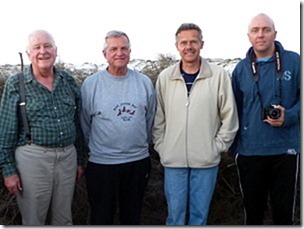Then, after dark, I walk out pulling the wire behind me. No spool for the wire, I just have it layed out on the ground in a neat pile. I leave it out over night, then in the morning, I simply pull it in through the window. This way, I only make one walk out reducing my exposure to falling through and reducing my exposure to nosy people!
Conditions this evening were rather flat. I wasn't hearing any Spanish language stations on medium wave, not even Cubans which can usually be heard now and again, however Manitoba was booming in.
I looked for other Canadians such as Saskatoon, but none were found. WCCO 830khz in Minneapolis was S9 +30db however. Down on longwave, I had good copy on some amateur experimental beacons which are low power.
Here's a quick band scan of the aeronautical navigation beacons on longwave (NDBs). I'm pretty much just listening for the Canadians with the 400hz shift, not digging deep and logging everything heard. Not really hearing any European broadcasters, they would be 90 degrees off to the side of the antenna and unlikely to be heard.
Around this time, I layed down and took a nap, getting up again around 4:30am in the morning. Again, conditions sounding rather flat, WWVH on 5 Mhz coming in nicely, but not on 2.5 Mhz. I did pick up these two gems though, kind of off the corner of the antenna.
So, yes, 600 feet of wire layed out on lake ice does indeed work very well. I will try it again tonight, this time running the wire more or less E/W to see if I can pick up some west coast AM stations and maybe some south Pacific stuff in the morning. Check back later to see how I did!














